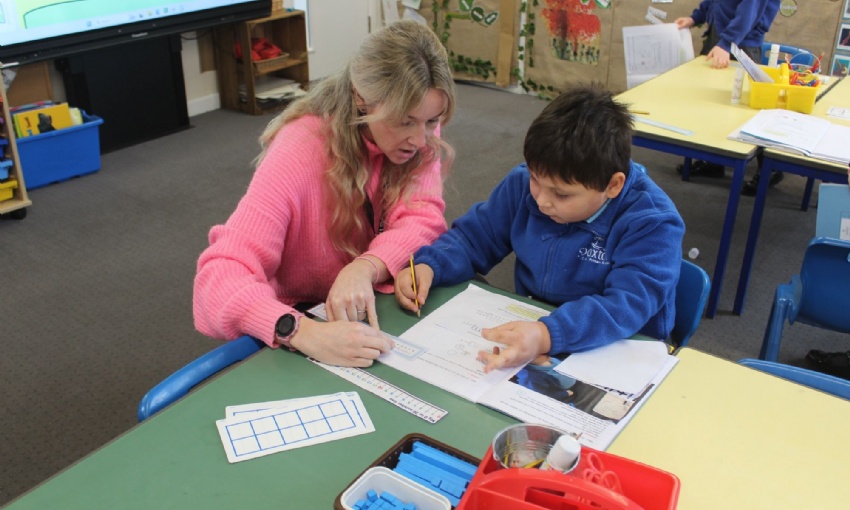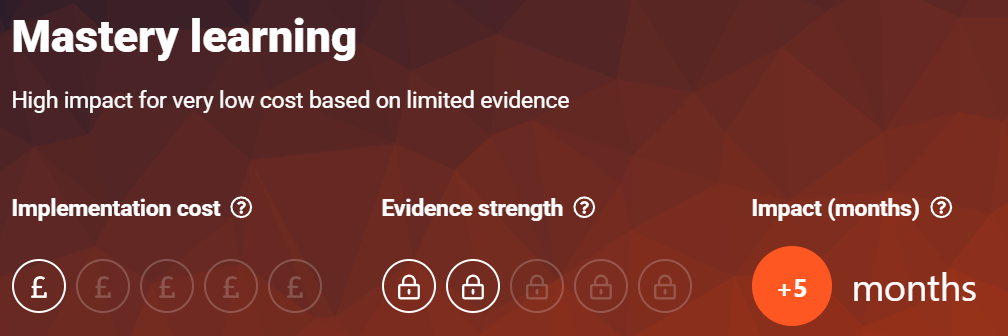Curriculum change – NCETM Curriculum Prioritisation Material

This guest blog is written by Rachel Rood, Headteacher and Maths Lead at Spaxton CofE Primary School in West Somerset. The school is a small, rural primary school with 3 mixed-aged classes that has high aspirations for all pupils and is determined to provide them with the best curriculum offer to ensure excellent outcomes.
Intent
From our end of key stage 2 maths outcomes, it was clear that our current curriculum was not meeting the needs of all our pupils and something needed to change. Our outcomes had been on a downward trajectory and attitudes to maths, from some pupils, was negative. It needed a complete overhaul and culture shift.
I sought advice from the Boolean Maths Hub regarding next steps and I decided to move away from the current maths curriculum and implement the NCETM (National Centre for Excellence in the Teaching of Mathematics) Curriculum Prioritisation materials.

The NCETM has developed a comprehensive set of resources to support primary schools in prioritising the maths curriculum. These materials provide an evidence-backed, term-by-term framework for Years 1 to 6, mapping the curriculum into around a dozen units per year. Each unit includes sequenced classroom slides, links to the DfE Primary Maths Guidance, and associated pedagogy and professional development materials.
At Spaxton, we believe in the importance of a coherent and well-sequenced curriculum. The NCETM materials align with our educational philosophy by focusing on the "ready-to-progress" criteria outlined in the DfE guidance. This ensures that our teaching is targeted and effective, addressing any gaps in pupils' understanding before moving on to new content. This approach is also endorsed by the EEF’s Mastery Learning entry in the Teaching & Learning Toolkit.

Implementation
One of the unique challenges we face at Spaxton School is teaching mixed-age classes. The NCETM materials are flexible and adaptable, making them ideal for our setting. Here’s how we plan to implement them:
- Curriculum Mapping: As Maths Lead, I have worked with the Boolean Maths Hub to sequence our curriculum to ensure that each mixed-age class covers the necessary content for both year groups. This has allowed us to create a two-year rolling program in the Key Stage 2 classes to maximise teaching time.
- Professional Development: Teachers have engaged with professional development, both before the launch and during the ongoing implementation to ensure they are familiar with the NCETM materials and the associated pedagogy. Members of the teaching team have also attended external professional development opportunities to enhance their mathematical subject knowledge.
- Classroom Implementation: In the classroom, teachers use the sequenced slides and resources provided by the NCETM to deliver high-quality lessons supported by further resources, as necessary. The materials include comprehensive links to prior learning and ready-to-progress criteria, ensuring that all pupils are supported and challenged appropriately.
- Assessment and Feedback: We use the assessment questions provided by the NCETM to monitor pupils’ progress and identify areas for improvement. Regular feedback is given to pupils, and interventions are put in place for those who need additional support.
Across our curriculum, we have implemented Rosenshine’s Principles of instruction into our teaching and learning. Every maths lesson starts with a retrieval activity. This ensures that pupils are continually reviewing prior learning, with the ambition of transferring this to the long-term memory.
Impact
Implementing the NCETM Primary Curriculum Prioritisation materials at Spaxton is an exciting step forward in our commitment to providing a high-quality education for all our pupils and we look forward to the positive impact these changes will have on our outcomes.
After the initial implementation of our new curriculum, both staff and pupils' attitudes to mathematics have changed significantly over the academic year. One Year 6 pupil said ‘It is clearer and easier to understand because of the small steps. It builds on previous learning and makes connections.’ Our Year 5/6 teacher said, ‘I like how key mathematical concepts are broken down into small steps where progression is clearly mapped out and connections between ideas are interweaved.’ The curriculum change has also seen a sharp focus on the development of correct mathematical vocabulary being used by both staff and pupils which has in turn aided pupils’ reasoning skills.
As a school, we look forward to continuing our maths journey, creating capable and confident mathematicians.
